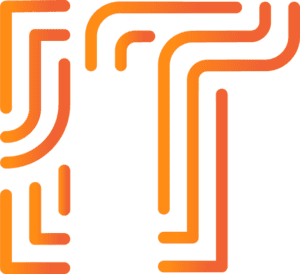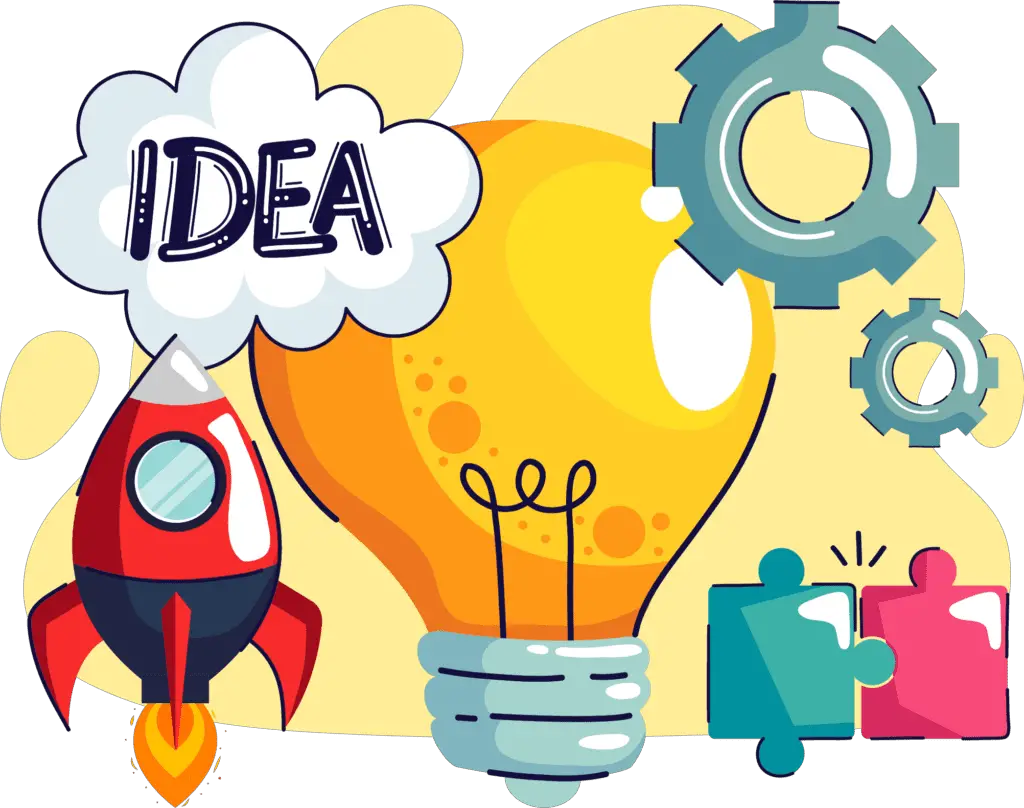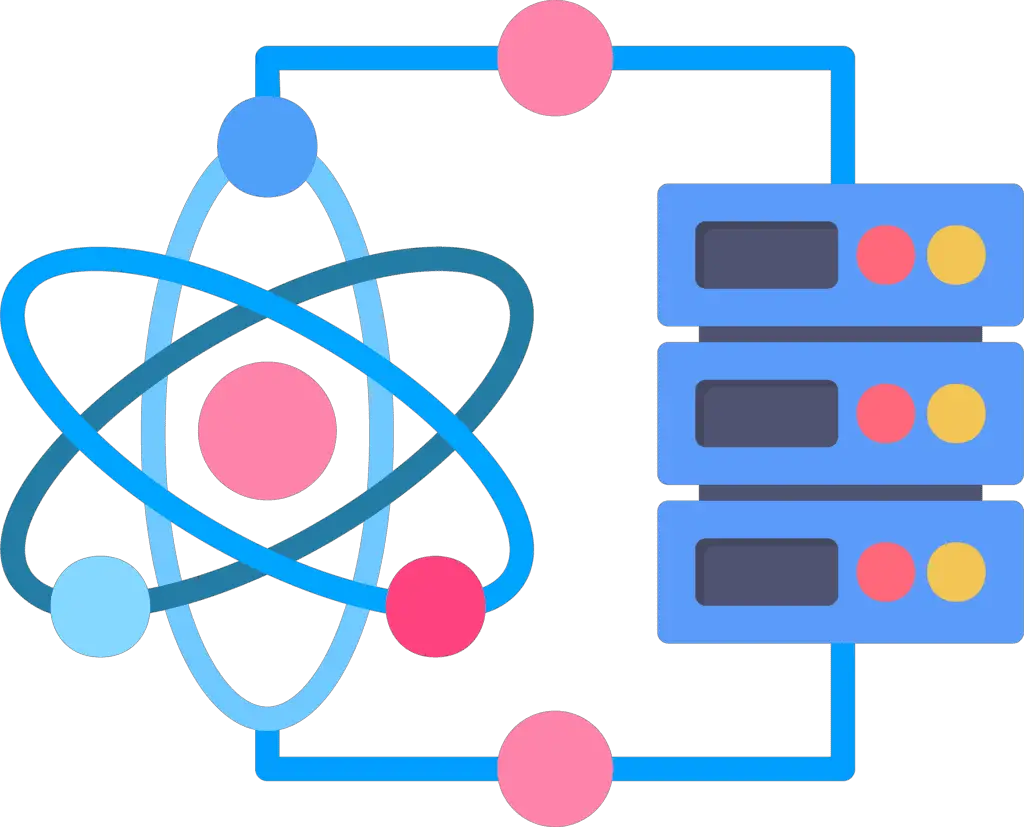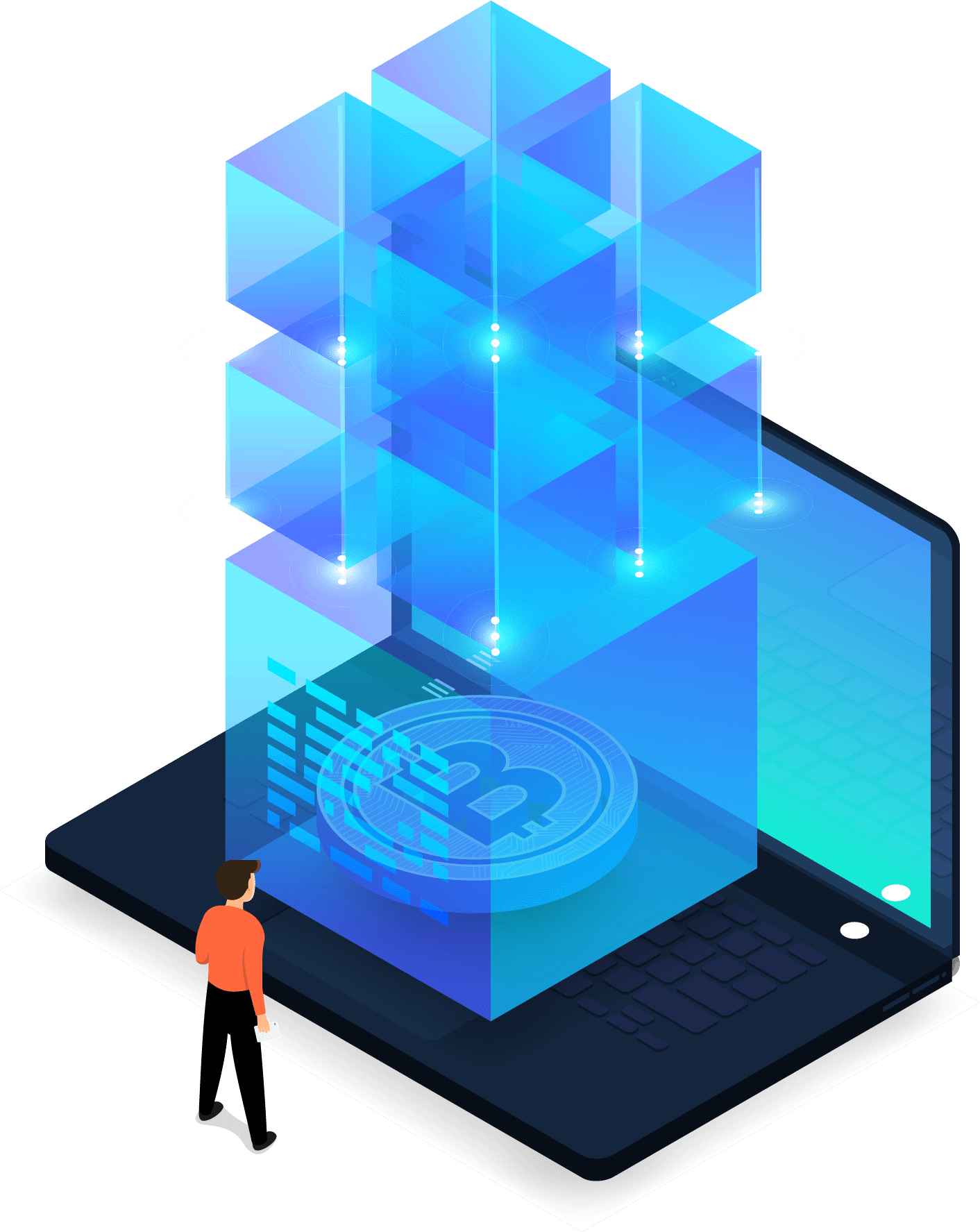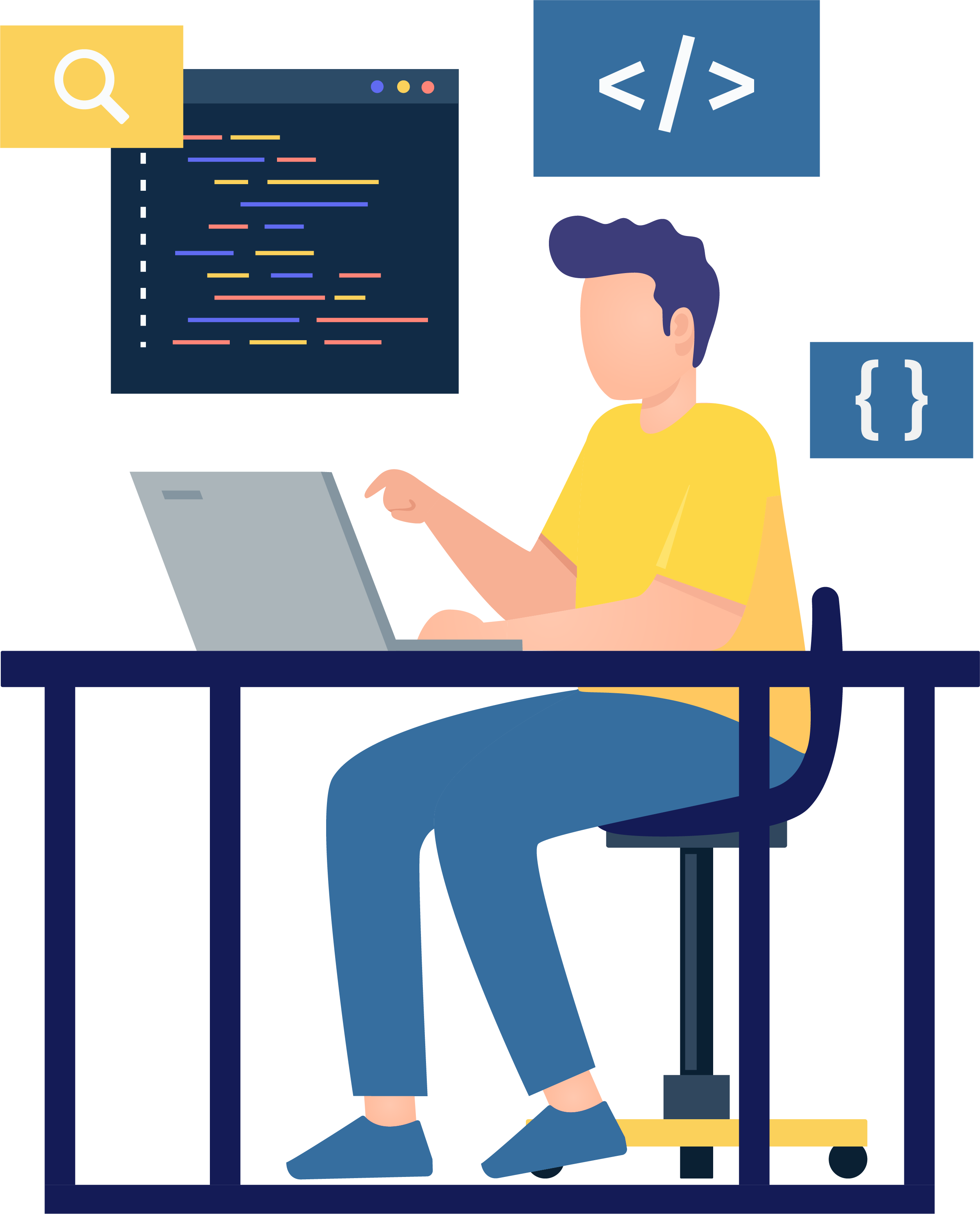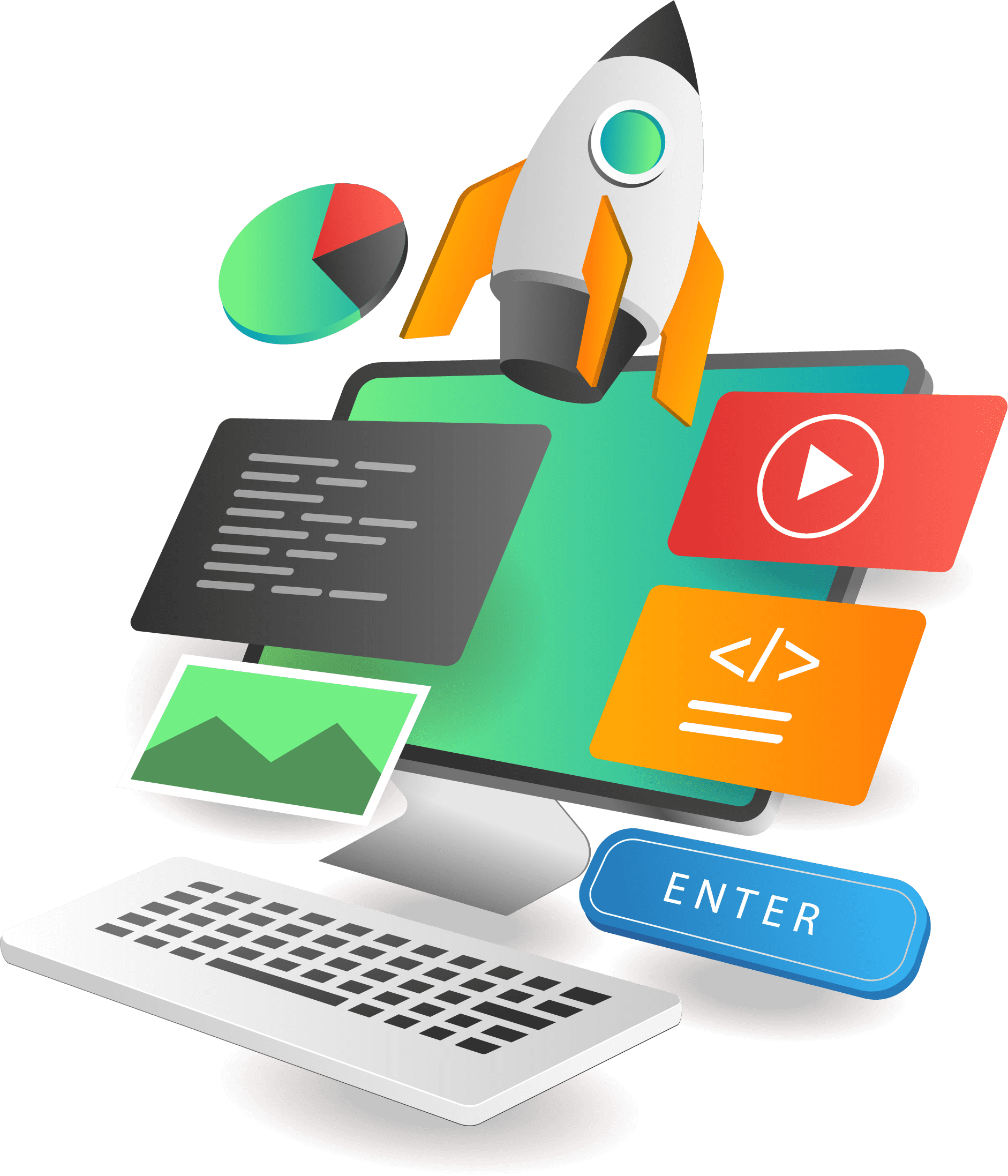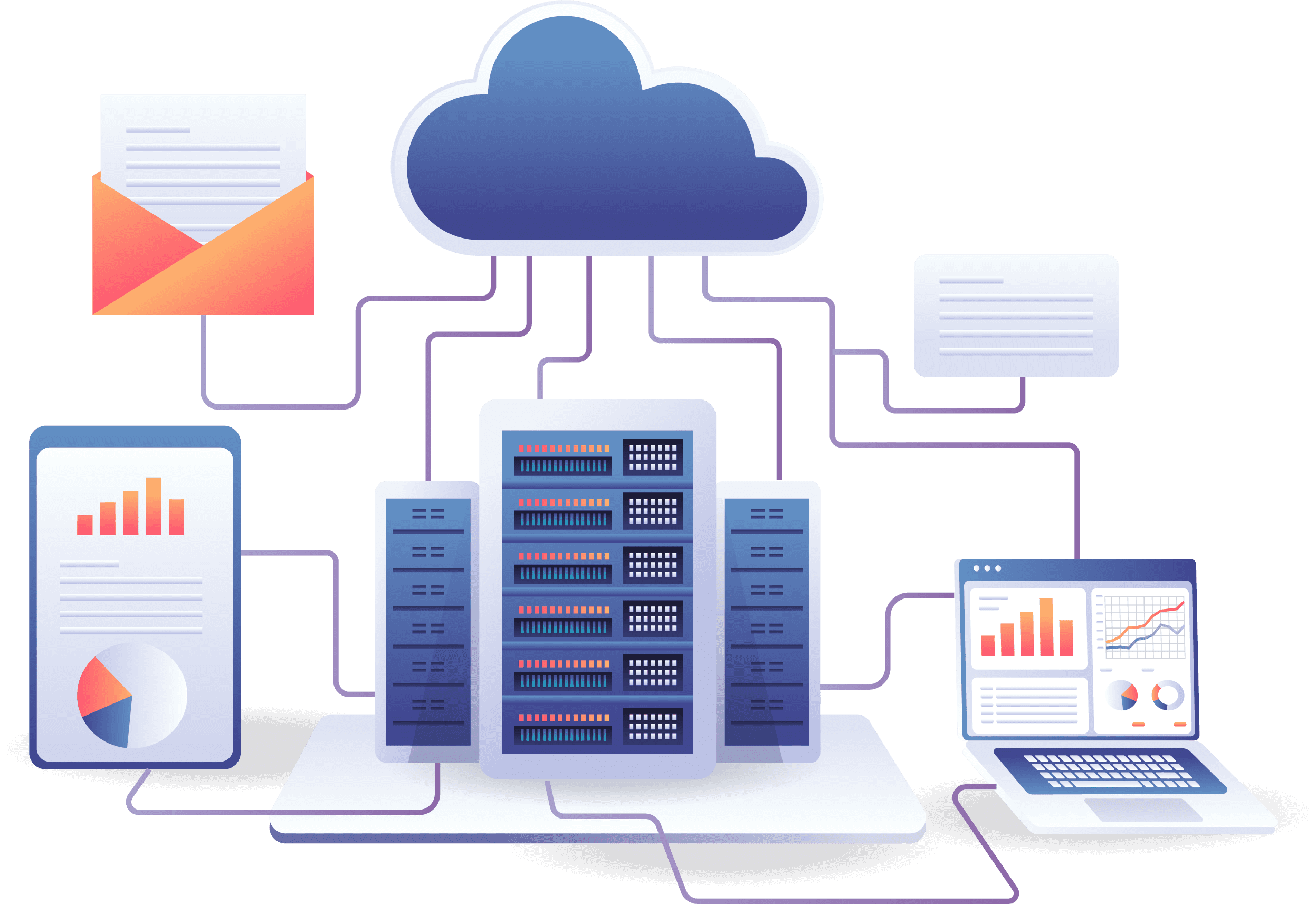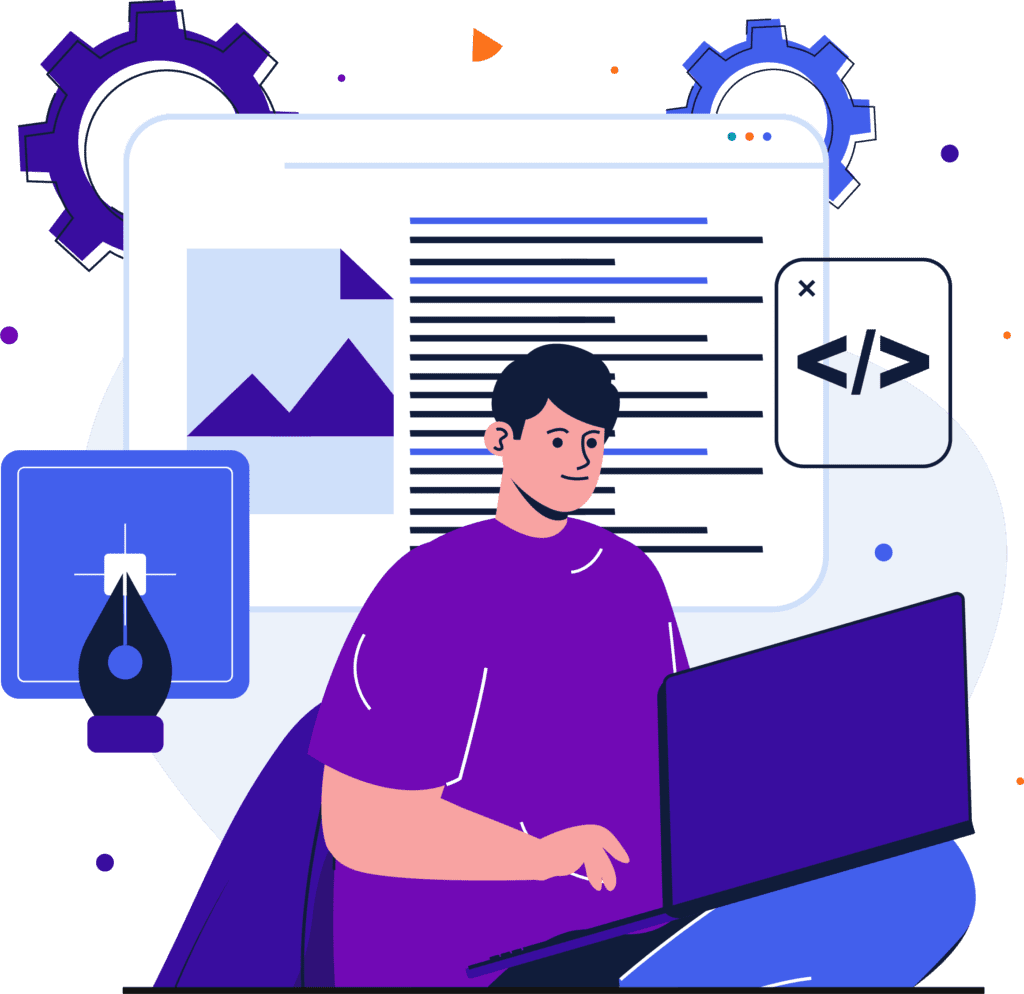Best 20 IOT projects for Final Year
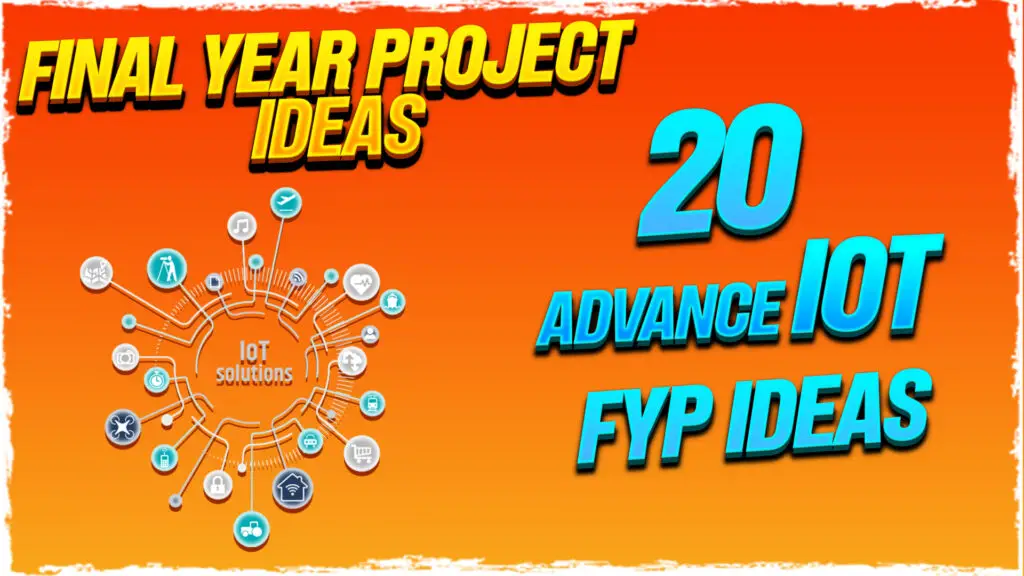
Are you a final-year student wishing to develop your skills in IOT technology? So, this article gives you the 20 most amazing IOT projects for the final year. These IOT projects are important for various industries and will help you get good grades in final year.
What is Internet Of Things (IOT)?
The network of physical items, or “things,” implemented with sensors, software, and other technologies to communicate and exchange data with other devices and systems over the Internet is known as the Internet of Things (IoT). These gadgets might be anything from simple everyday objects to highly advanced industrial instruments. Machines and computers are not the only types of IoT devices. Anything with a sensor and a unique identifier (UID) can be a part of the Internet of Things.
Why should you develop IOT project for the final year?
Developing projects based on the Internet of Things (IoT) in the Final year offers various advantages and aligns with the modern needs of the technology environment. Firstly, IoT projects allow students to discover and use current technology, improving their abilities and keeping up with market trends. In future, it will also help to get higher position jobs in the market, especially in the data science field.
20 IOT projects for Final Year with Source Code
1. Smart Agriculture System using IOT
The first IOT project for the final year on my list is the smart agriculture system. Agriculture is important worldwide, and IoT is responsible for upgrading agriculture by utilizing advanced methods and tools to manage crops, land, and animals. Build this project we used IOT devices such as soil moisture sensors, weather stations, and crop health monitors. With the help of these IOT devices, we collect real time information about soil conditions, weather patterns, and the overall health of crops. These projects help the farmers to plan their activities based on upcoming conditions. In this project, the main feature is that when farmers use this system if soil moisture levels are detected to be low, the system can trigger an automated irrigation process.
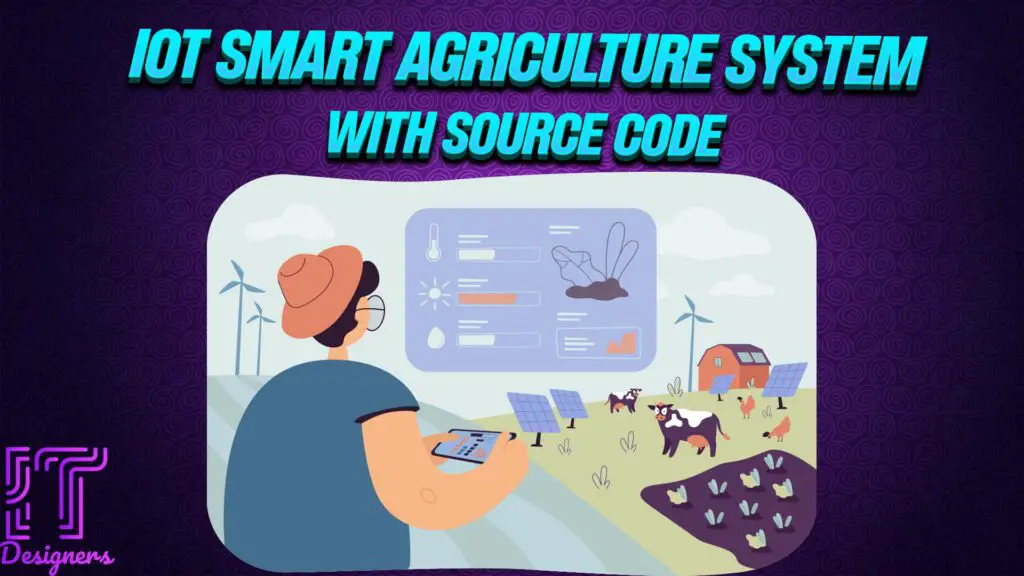
2. Industrial IOT For Predictive Maintenance
The next IOT project for the final year is the Industrial IOT system for Predictive Maintenance. This project helps industries improve their machinery. With the help of IOT systems, industrial companies monitor and check the maintenance of machinery. The features of this project are that it predicts the maintenance of machinery, predicts potential issues, and schedules maintenance alerts. When industrial companies use this system, they easily know that machinery now requires maintenance, whether it is further used or not, and which part of the machinery is default.
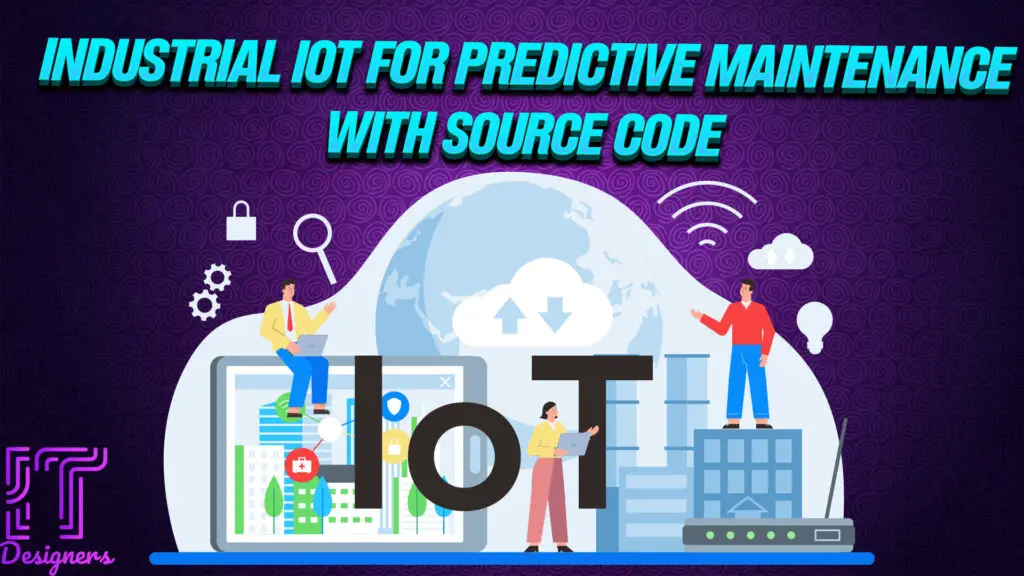
3. Health Monitoring Wearable using IOT
According to the annual health report, 15% of the world’s population faces different health problems. Sometimes, patients face many challenges when going to the clinic. So, this wearable health monitoring system helps continue health monitoring and augment clinical treatment. This system gathers the user’s health through sensors used in the system. These sensors help monitor the user, such as the user’s heart rate, body temperature, and physical activity. This system sends notifications that the device is paired to a smartphone app. This IOT project can be a good project for the final year. Also, it is very helpful for every user.
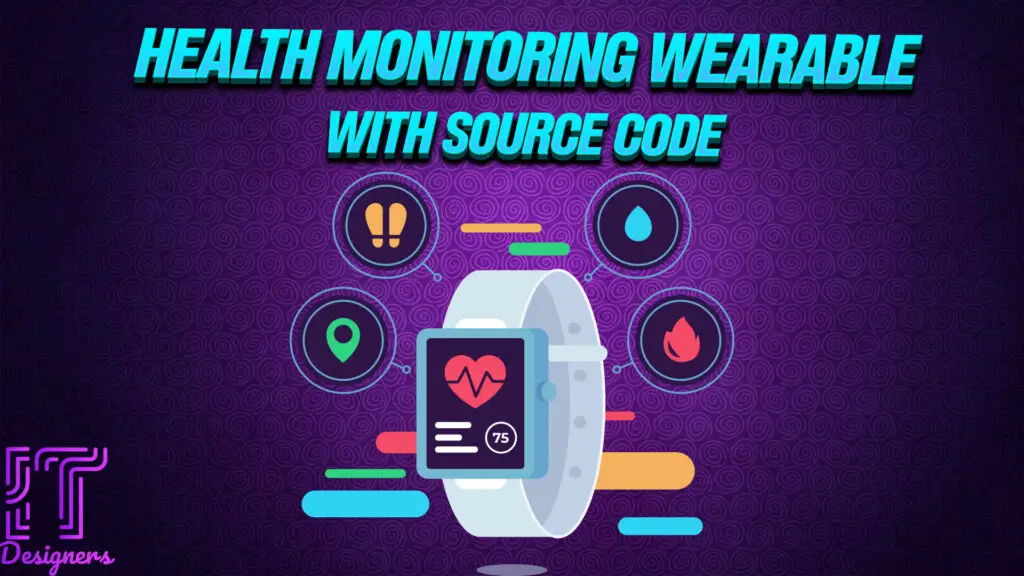
4. Smart Traffic Management using IOT
Nowadays, in urban mobility, ongoing population growth increases, and the result of the traffic congestion problem also increases day by day. As cities grow, there is an increased requirement to satisfy sustainability goals while examining traffic management techniques. So, the traditional methods of managing urban mobility in this day and age are showing their limitations. Additionally, the demand for an effective traffic control system is rising. All sizes of cities need digital solutions driven by technology to monitor and control traffic. They can assist in maintaining traffic volume, traffic jams at intersections, and clogged networks. So, this final year of the IOT project utilizes IOT technology to improve traffic movement and reduce congestion. With the help of sensors used in the system, real-time traffic conditions, vehicle movements and road occupancy information are collected.
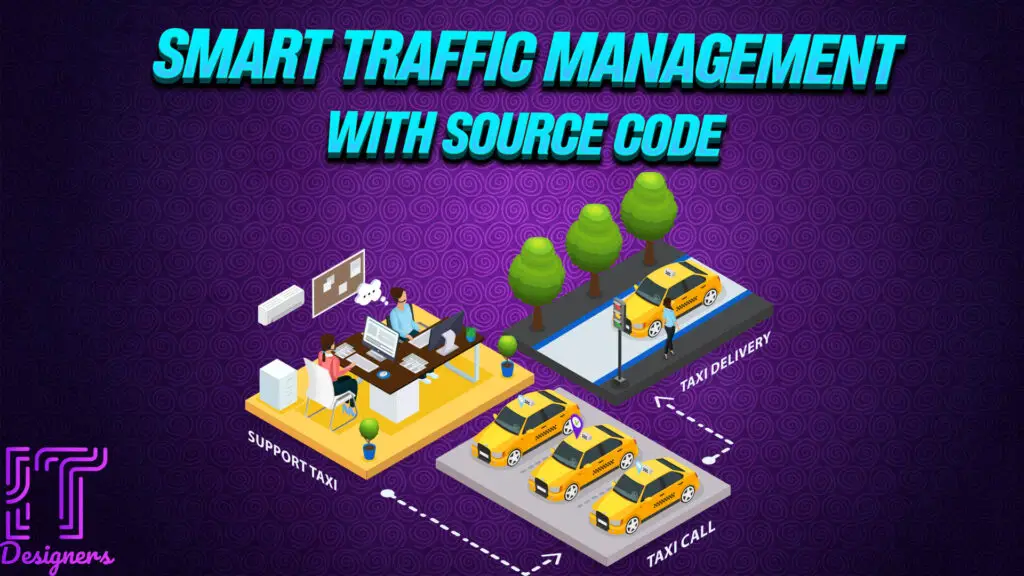
5. Environmental Monitoring using IOT
Nowadays, air pollution is becoming a bigger problem. To ensure everyone has a better future and a healthy lifestyle, the environment must be monitored and maintained under control. Here, this final year project offer an IOT-based environmental monitoring system that enables us to keep an eye on and assess the current state of the environment in specific locations. The device employs air sensors to detect the presence of dangerous chemicals or compounds in the atmosphere. It then continuously sends this data to a microcontroller, which then uses IOT to report it to an online server. When air quality sensor detects a rise in pollutant levels, the system can trigger alerts and send notifications. The objective of developing a smart city is to raise the standard of living by using technology to satisfy the demands of citizens and increase service efficiency.
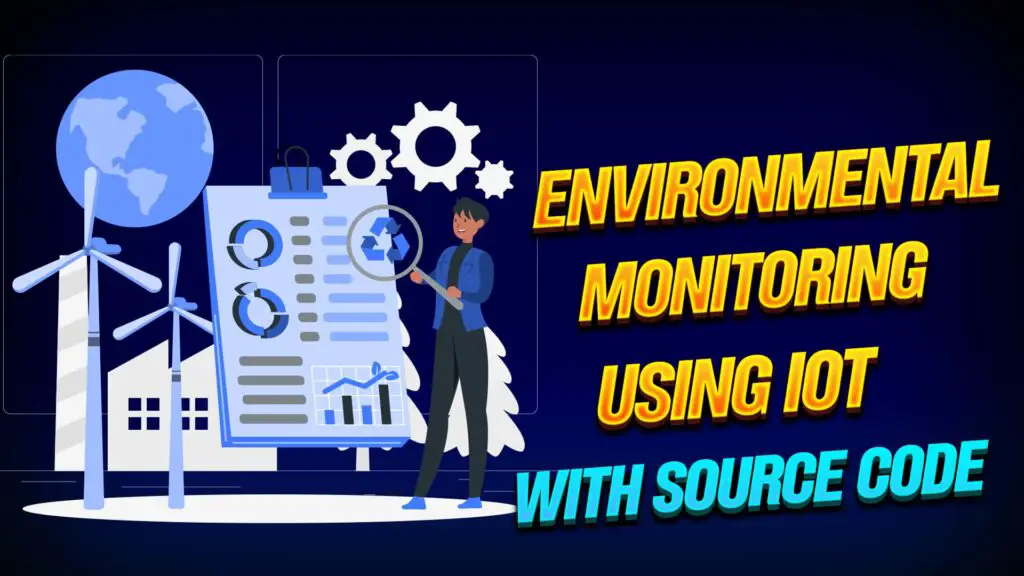
6. Smart Waste Management using IOT
Waste management is a global issue these days. According to World Bank data, at least 33% of the 2.01 billion tonnes of municipal solid waste produced worldwide each year is not managed in an environmentally responsible way. The Internet of Things is one technology that governments can employ to enhance waste management. IoT technologies provide evidence of this, as they are already integrated into common supply chains. The features of this system include Optimized waste collection routes, realtime monitoring of bin fill levels, and data on the types of waste generated.
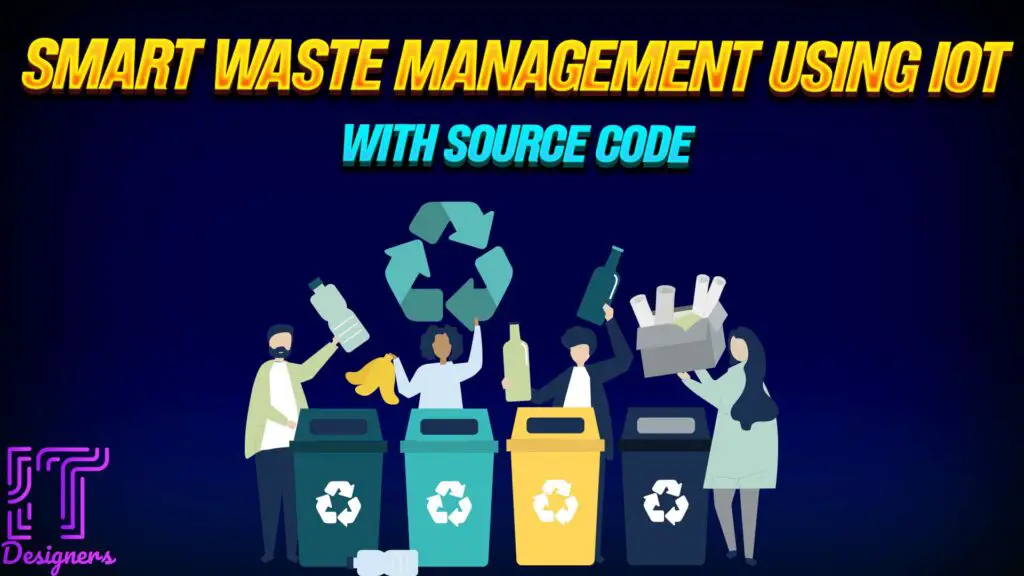
7. Water Quality Monitoring using IOT
It aims to assess and manage water quality in various environments continuously. This system is gathered through IoT devices such as water quality sensors deployed in water bodies. These sensors measure parameters like pH levels, chemical concentrations, and temperature. The Water Quality Monitoring System includes:
- Real-time data on water quality.
- Alerts for potential issues.
- Comprehensive reports are accessible to relevant authorities.
If a water quality parameter exceeds a predefined threshold, the system can generate alerts, prompting immediate action. The technology supports rapid responses to maintain the health of aquatic ecosystems and offers useful data about water quality, both of which help environmental stability.
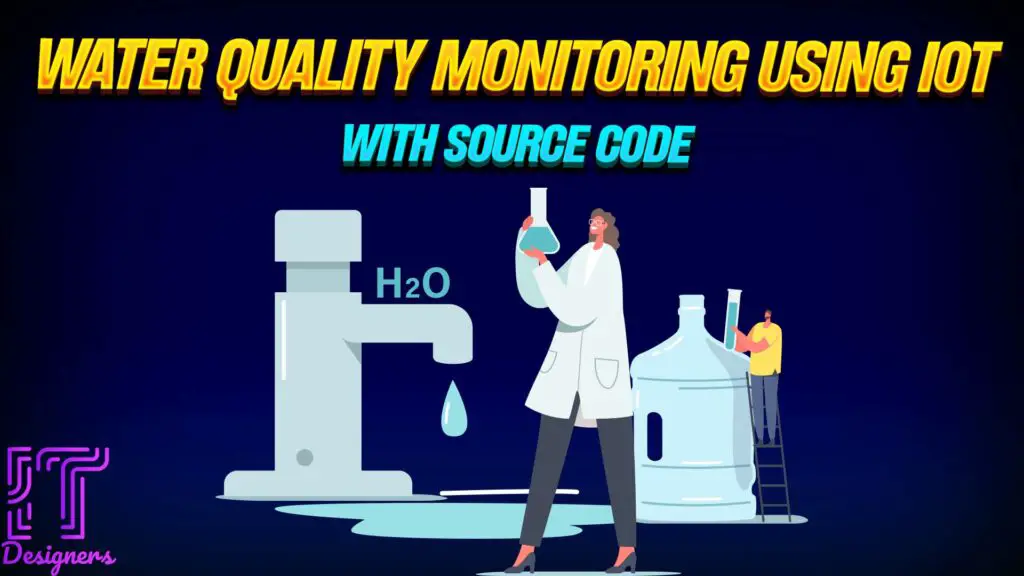
8. Smart Parking System using IOT
This IOT project for the final year is very interesting and good for the final year to get an excellent grade. Nowadays, these problems, including air pollution, traffic jams, and the wastage of natural resources like petroleum and above all time, are both personal and global in scope. It could be difficult for them to get a parking space in crowded regions. An IOT technology solved this problem by using advanced level algorithms. With the help of IOT sensors, real time data is collected and monitored, the vehicle flows into and out of the parking and provides the best parking spot to the user. With the help of this system reducing the time the user takes to find a parking space.
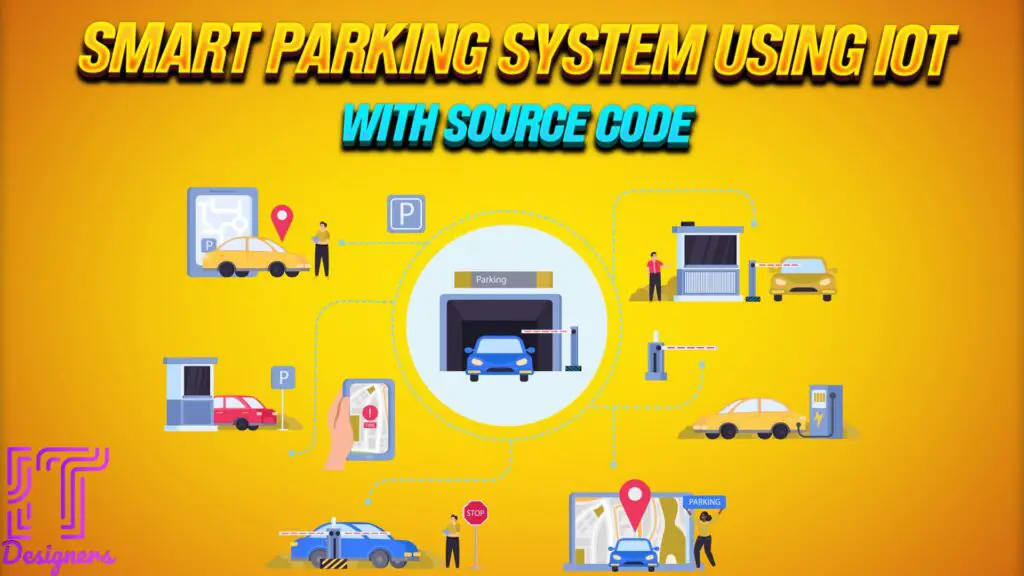
9. IOT- Based Home Security
Today, security is becoming increasingly important, even in companies and industries that are also frequently used for home defence. The need for a sound financial foundation for home security has arisen from the need to identify unauthorized entrance into homes, businesses, and laboratories, among other areas where security has been increased. This system has various IOT devices such as smart cameras, door/window sensors, and motion detectors installed in and around the home. These devices collect data continuously for multiple activities. The main purpose of this system is to offer a more active and connected approach to home protection.
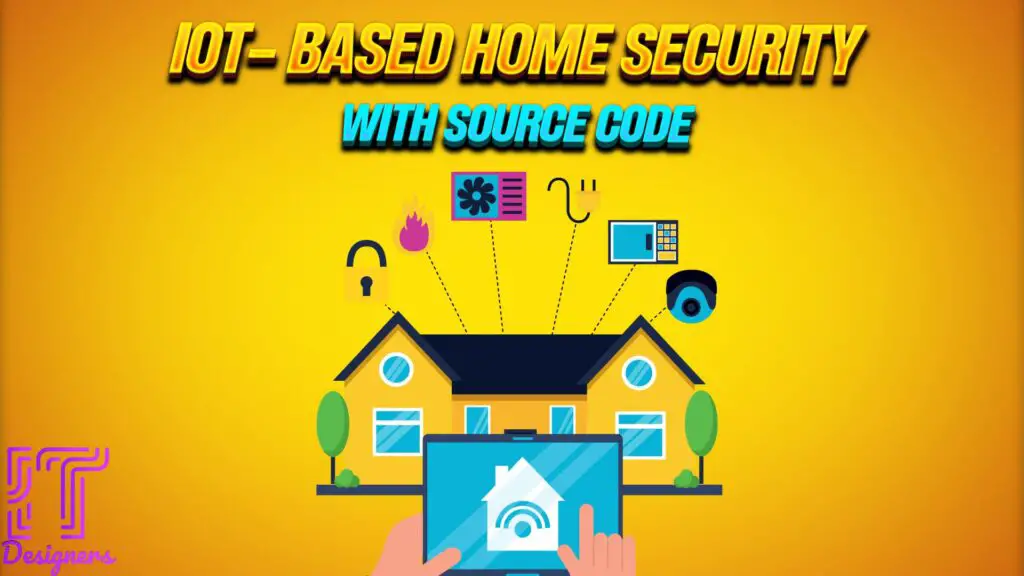
10. Precision Farming With Drones
Farmers need all the help they can get to feed the growing global population. Modern farmers are using drones and other innovative technologies to maximize the use of every inch of farmland. Drones in farming have a lot to learn from precision agriculture. This approach is predicated on working more precisely and effectively on specific portions of bigger areas. Farmers can use precise data to create more exact methods for applying fertilizer, pesticides, and other delicate chemical agents, as well as for seeding and watering their crops. This system is gathered from IoT devices, including drone sensors, weather stations, and soil monitoring equipment. These devices provide real-time data on crop health, soil conditions, and environmental factors.
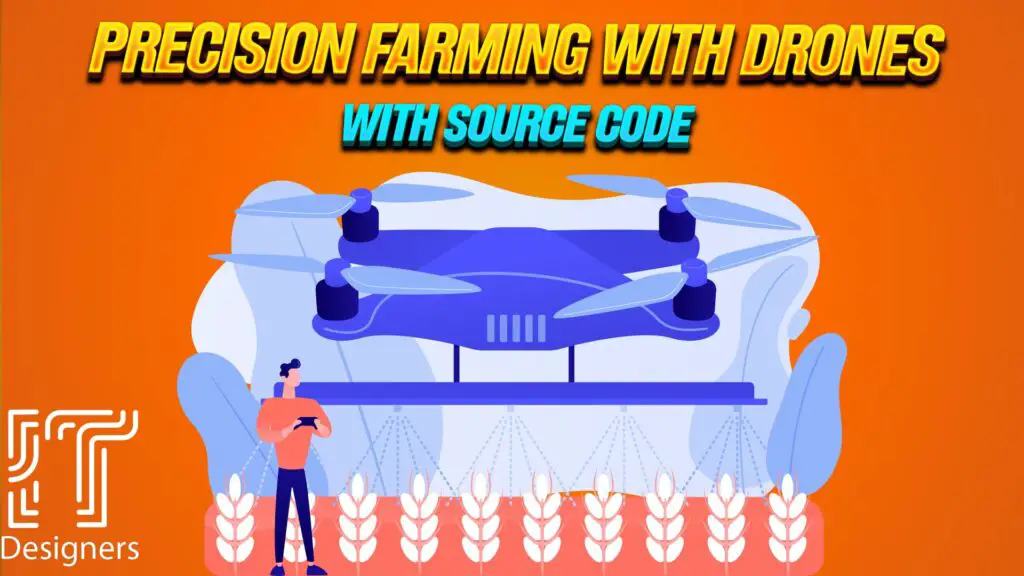
11. IOT- Based Smart City Lightning
Large urban areas have seen major urbanization in recent years, increasing interest in the concept of a “smart city.” Numerous technical and intelligent systems have been implemented due to urbanization to serve the world’s expanding population better. Street lighting is crucial in both urban and suburban settings. Urban lighting’s main objective is to maintain economic activity throughout the evenings by improving visibility along streets and other roads used by cars and pedestrians. The feature of this system is if the sensors detect reduced pedestrian activity during certain hours, the system can adjust the brightness of streetlights to conserve energy.
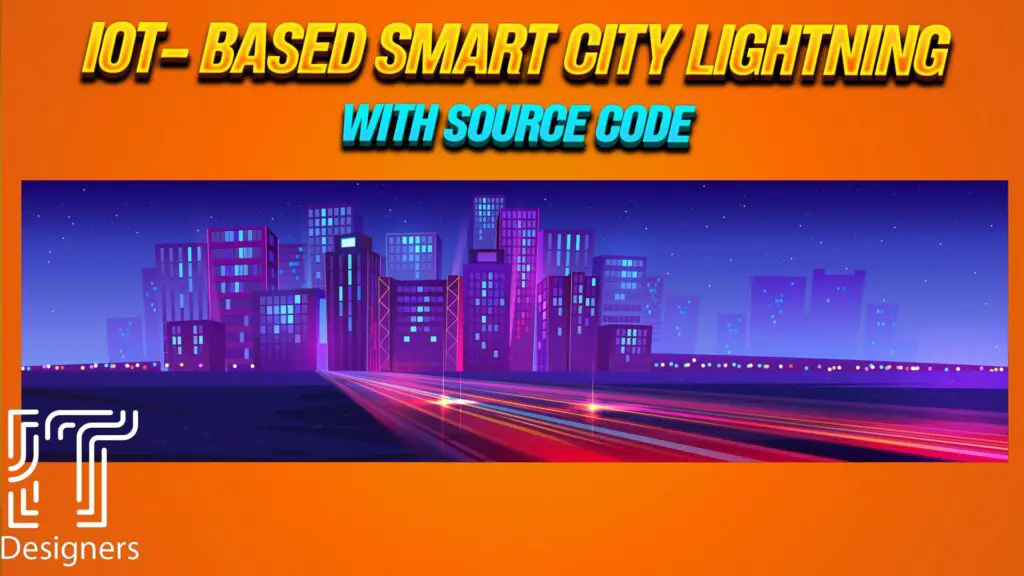
12. Remote Asset Tracking using IOT
It aims to use the Internet of Things (IoT) to monitor and manage assets effectively from a distance, an important part of developing a remote asset-tracking system.
Asset tracking is a method used to track a company’s physical assets, like monitoring your business’s things and devices. Asset tracking uses advanced GPS, RFID, or barcode technology to enable organizations to track the position and status of things. This system monitors and manages assets from a distance. This system is obtained through IoT devices such as GPS trackers, sensors, and connectivity modules embedded in assets. These devices continuously provide real-time data on assets’ location, condition, and operational status.
If an asset deviates from its planned route or experiences unusual conditions, the system can trigger an immediate alert for active involvement.
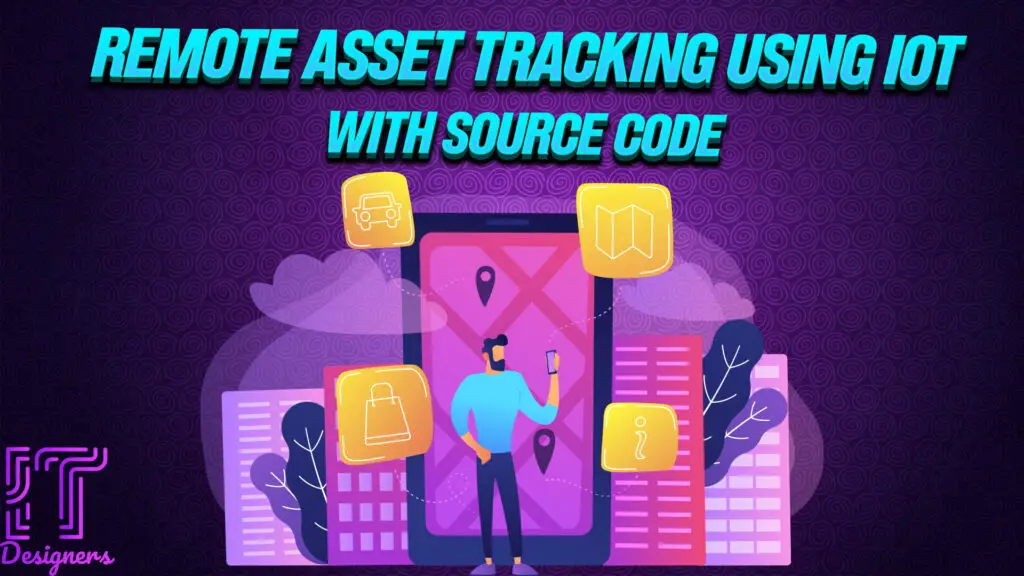
13. IOT In Education
The Internet of Things is changing education, and it needs to be examined since many schools are using connected smart devices to enhance the SMART board and e-learning infrastructure that is currently in place. Education will be better connected in the future thanks to IOT in schools. Students have optimal access to reading materials and communication networks. However, with the right technologies, educators may quickly evaluate their students’ progress in real time and adjust their instruction accordingly. This system is gathered through various IOT devices such as smartboards, wearable devices, and classroom sensors. These devices collect data on student engagement, attendance, and interactions with educational content. If a student struggles with a particular concept, the system can recommend personalized learning materials or notify the teacher for additional support.
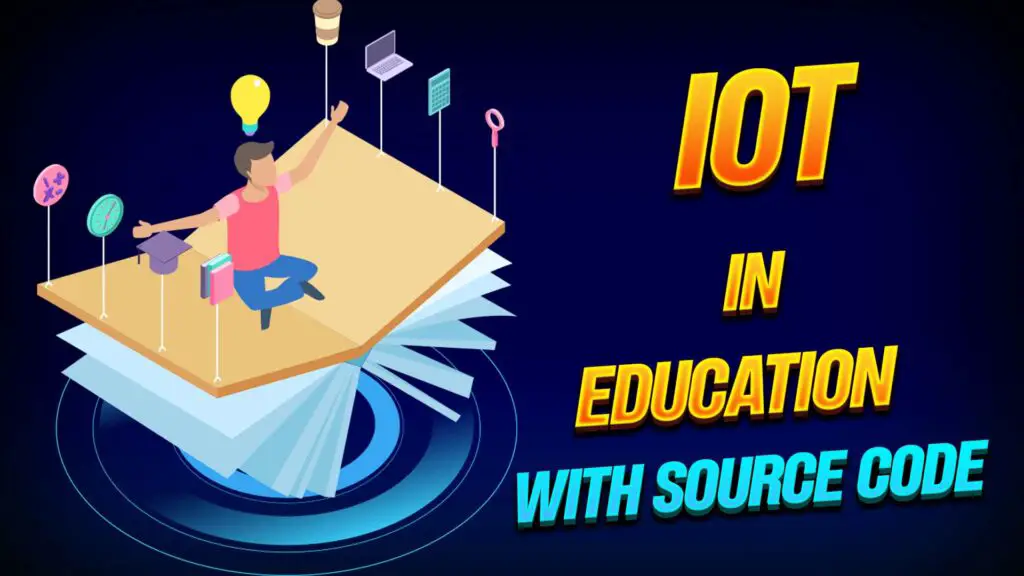
14. IOT Security Framework For Smart Water System
This final year project on the Internet of Things will link smart homes, buildings, and cities to computers and mobile devices. The IOT uses the latest communication technologies to deliver dependable and optimal services to smart cities. The Critical Infrastructures, which include the city’s water system, constitute the backbone of smart cities. We refer to the water system in a smart city as the smart water system because it makes use of automation and communication technology to build smart environments that use resources more efficiently. We make this system using the IOT framework for security. The IoT framework helps to build trustworthy and secure applications. This project is a very interesting and unique final year project idea. So, what are you thinking? Select this project and get good grades from the supervisor in the final year.
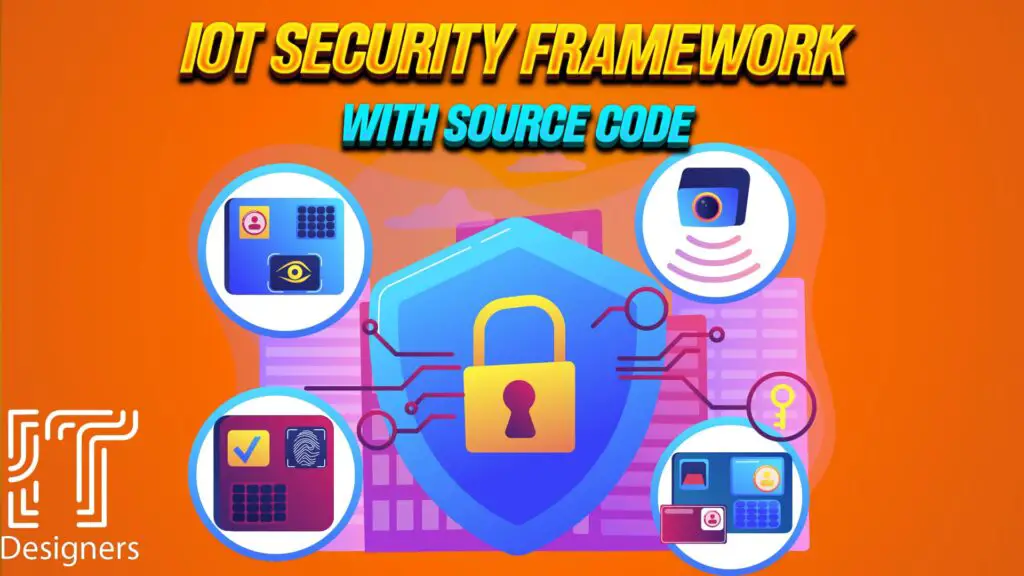
15. IOT- Based Smart Retail System
Customers will benefit from a more interconnected or “smart” shopping experience as a result of the internet of things’ expansion. This is because a network of connections will connect the digital and physical worlds to form an ecosystem of gadgets that includes stores, cars, and software. Create an IOT-Based Smart Retail System to improve the efficiency, customer experience, and overall management of retail operations. You know that Covid-19 period effect the life in all sectors and also effect in retail environment. The main purpose of this final year project is that real time monitoring shopping malls because this monitoring helps to collect the real time data on customer behavior, inventory levels, and store conditions. This information is then processed and analyzed by the system. If a product is running low on stock, the system can automatically trigger reordering, ensuring that shelves are consistently well-stocked.

16. IOT- Based Wildlife Conservation
Nowadays, in our environment, many factors play a role in harming wildlife conservation. The Internet of Things is becoming increasingly common in places outside cities and industrial settings, such as remote areas of the natural world. IoT provides revolutionary alternatives for wildlife conservation. Wildlife conservation projects help protect the animal, monitor their movements over continents and oceans, and protect wildlife in their natural habitats. With the help of IOT devices, data on animal movements, environmental conditions, and potential threats can be collected. The main feature of this system is that if a sensor detects unusual activity or the GPS tracker signals a change in an animal’s behaviour, the system can trigger alerts for immediate attention.
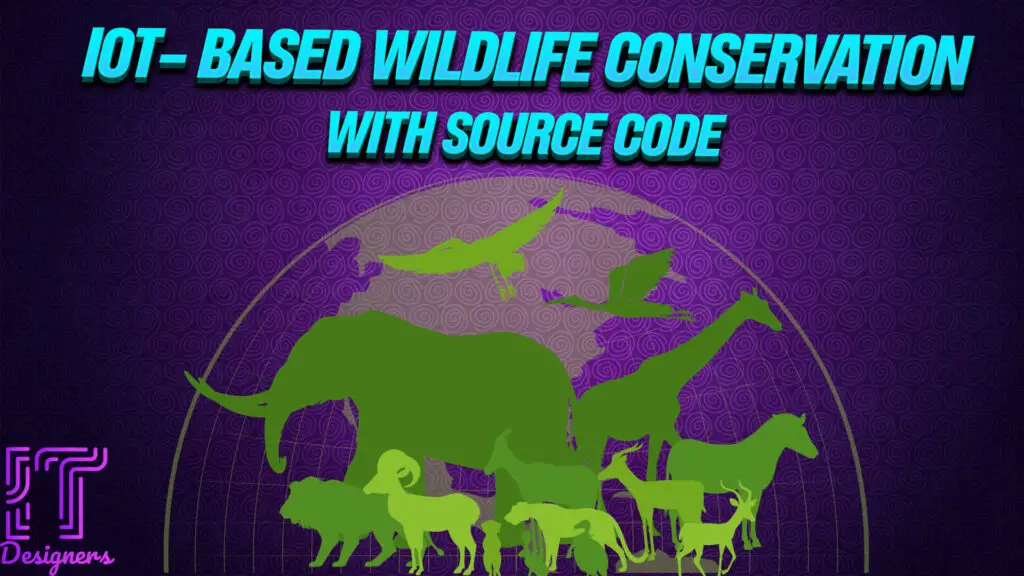
17. IOT for Disaster Management
Disasters frequently occur close to areas where people live. Most of the time, it is either man-made (such as industrial explosions, oil pipeline leaks, gas production leaks, and terrorist acts) or natural (such as landslides, earthquakes, tsunamis, floods, forest fires, and lightning). Whatever the reason behind the event, disasters wreak enormous damage to the economy and human life. Any disaster management system must prioritize timely reporting and response to protect human life. The disaster management system idea that makes use of the Internet of Things may sense changes in its surroundings and upload data to a cloud server like objects speaking. This system comprises several Internet of Things (IoT) gadgets, including cameras, sensors, and weather monitoring equipment placed in high-risk areas for disasters. These gadgets gather information about the state of the essential infrastructure, possible threats, and the surrounding environment in real time.
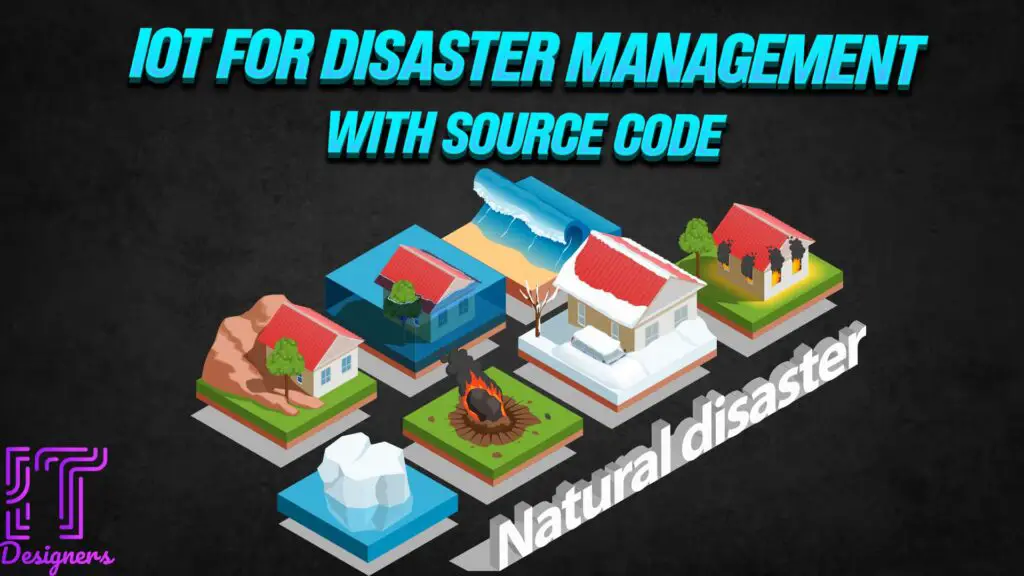
18. IOT in Precision Machine
Using the Internet of Things in Precision Machine design involves incorporating smart technologies to improve precision machinery’s performance, monitoring, and maintenance. This system is gathered through various IOT devices, including sensors, actuators, and connectivity modules embedded in the machinery. These devices continuously collect real time data on machine parameters, operational status, and potential issues. The main feature of this system is that if a sensor detects machine performance or wear deviations, the system can generate predictive maintenance alerts, allowing for timely intervention.
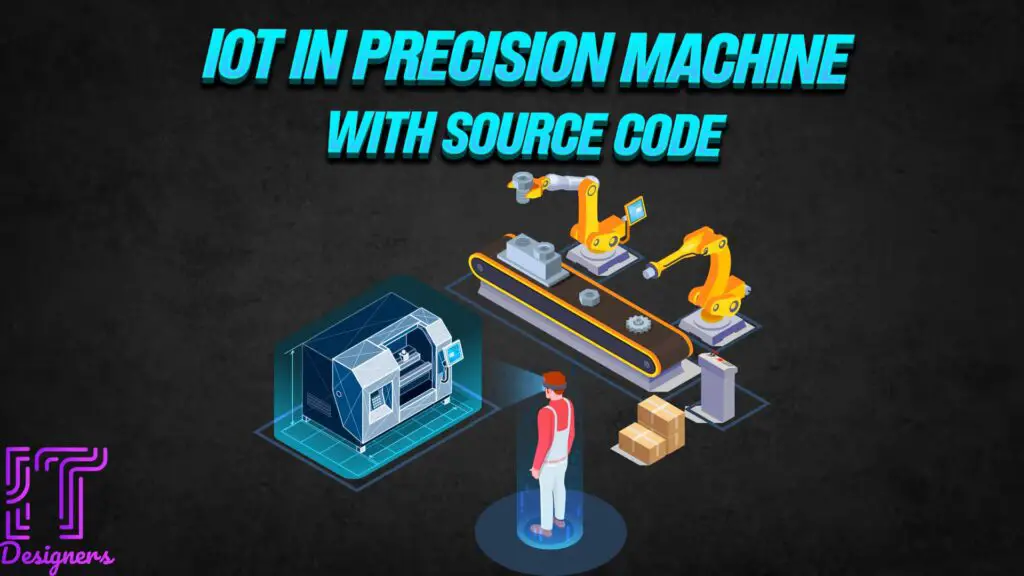
19. IOT-based Home Energy Management
Over the past few years, energy savings have drawn a lot of attention from the academic community due to the rising energy demands. Nowadays, residents in modern cities suffer from headaches related to their home energy bills. There are a lot of home appliances accessible that are, for the most part, required for a moderate existence. So, IoT plays an important role in optimizing energy consumption, monitoring home appliances, and enhancing overall energy efficiency. With the help of IOT devices, real-time data on energy usage, temperature conditions, and appliance states are continuously collected. In this system, if a system detects high energy usage during peak hours, it suggests adjustments to optimize energy efficiency.
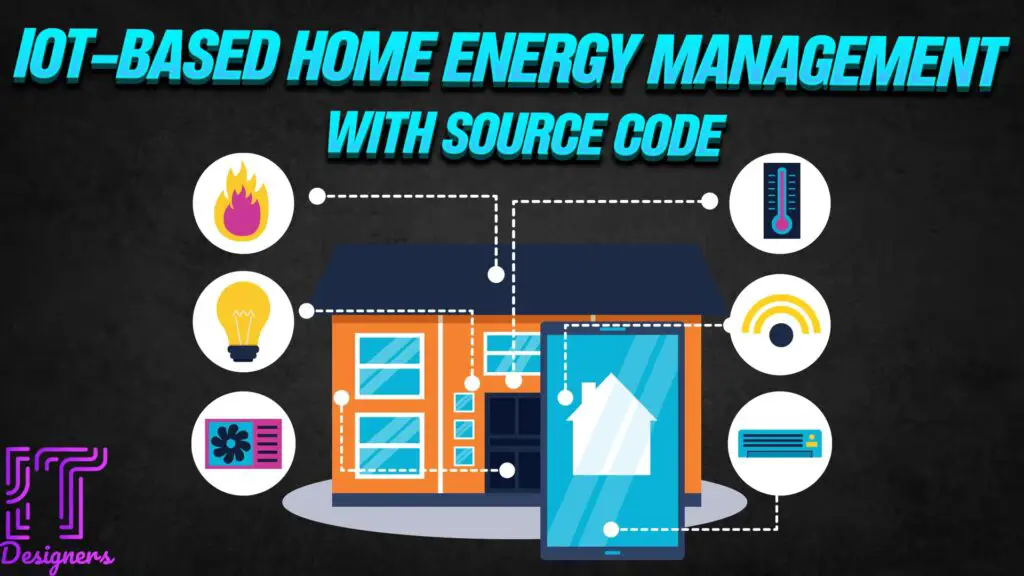
20. IOT-based Weather Station
We provide an intelligent online weather reporting system. We have implemented a system that enables online reporting of weather parameters. It eliminates the need for weather prediction agencies by allowing anyone to monitor the weather conditions immediately online. With the help of IOT devices, the system monitors the weather and provides real-time information to the user. This system used humidity sensors. Humidity sensors help continuously check for rain and temperature. In this system, if a sensor detects a sudden change in temperature or a significant shift in wind direction, the system can provide immediate updates and alerts.

-
Where Do YouTubers Get Their Music?
-
Top 20 Machine Learning Project Ideas for Final Years with Code
-
Why Creators Choose YouTube: Exploring the Four Key Reasons
-
10 Advance Final Year Project Ideas with Source Code
-
10 Deep Learning Projects for Final Year in 2024
-
Realtime Object Detection
-
AI Music Composer project with source code
-
E Commerce sales forecasting using machine learning
-
30 Final Year Project Ideas for IT Students
-
Stock market Price Prediction using machine learning
-
c++ Projects for beginners
-
Python Projects For Final Year Students With Source Code
-
20 Exiciting Cyber Security Final Year Projects
-
10 Web Development Projects for beginners
-
Top 10 Best JAVA Final Year Projects
-
Fake news detection using machine learning source code
-
C++ Projects with Source Code
-
15 Exciting Blockchain Project Ideas with Source Code
-
Artificial Intelligence Projects For Final Year
-
Hand Gesture Recognition in python
-
Credit Card Fraud detection using machine learning
-
How to Host HTML website for free?
-
How to Download image in HTML
-
Hate Speech Detection Using Machine Learning
-
Best 21 Projects Using HTML, CSS, Javascript With Source Code
-
10 advanced JavaScript project ideas for experts in 2024
-
Best Machine Learning Final Year Project
-
20 Advance IOT Projects For Final Year in 2024
-
Python Projects For Beginners with Source Code
-
Plant Disease Detection using Machine Learning
-
Ethical Hacking Projects
-
Data Science Projects with Source Code
-
Top 7 Cybersecurity Final Year Projects in 2024
-
Artificial Intelligence Projects for the Final Year
-
10 Exciting C++ projects with source code in 2024
-
portfolio website using javascript
-
Top 13 IOT Projects With Source Code
-
Phishing website detection using Machine Learning with Source Code
-
10 Exciting Next.jS Project Ideas
-
17 Easy Blockchain Projects For Beginners
-
Best 13 IOT Project Ideas For Final Year Students
-
Heart Disease Prediction Using Machine Learning
-
Fabric Defect Detection
-
How to Change Color of Text in JavaScript
-
Wine Quality Prediction Using Machine Learning
-
Diabetes Prediction Using Machine Learning
-
10 Final Year Projects For Computer Science With Source Code
-
Car Price Prediction Using Machine Learning
-
10 TypeScript Projects With Source Code
-
Chronic Kidney Disease Prediction Using Machine Learning
